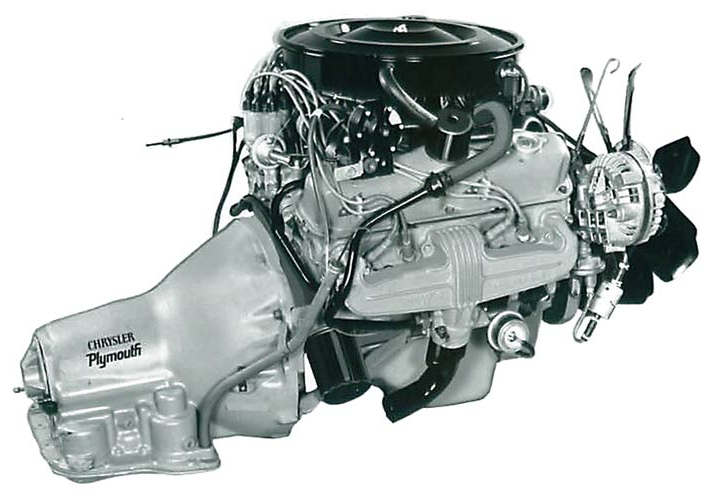
Big is a relative term. In regards to American passenger-car engines, “big” in the early Seventies meant 460 cubic inches from Ford; 440 cubic inches from Chrysler; and 454, 455, and even 500 cubic inches from General Motors.
It took the OPEC oil embargo, federal emissions standards, and rising costs in general to reel these big V8 monsters in. By 1979, none of the largest engines were still in play, but a new, slightly smaller lineup of “big” engines was in use.
Of the five engines presented here, only one would go on to see passenger-car use in 1980—making 1979 something of a watershed year for big American V8s. If you recall driving something powered by one of these engines, tell us about it, and be sure to tell us what car it was in.
5 Most-Powerful American Cars of 1977
Largest Car Engines of 1979
General Motors 425
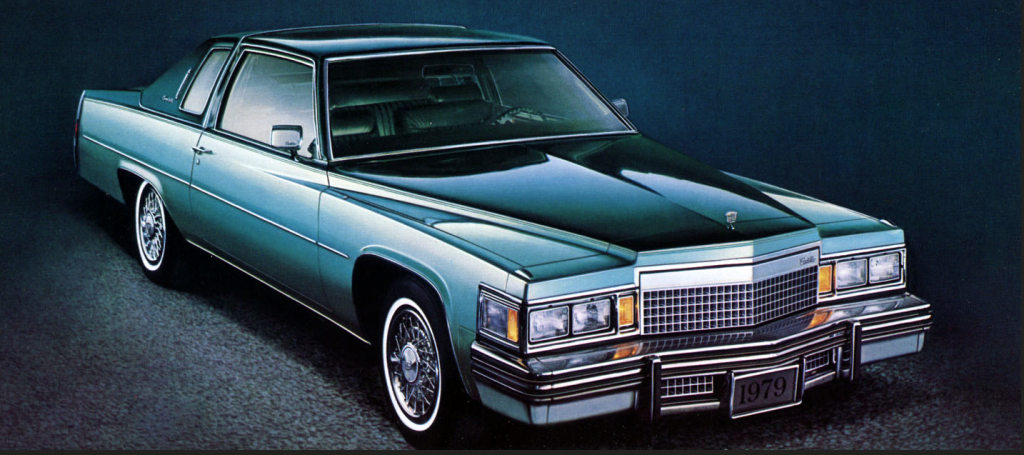
Engine: 425-cid/7.0-liter V8
Horsepower: 180
Transmission: 3-speed automatic
Standard in: Cadillac DeVille, Fleetwood
Optional in: None
Note: Like the Oldsmobile 403 (below), the Cadillac 425 saw service only between the 1977 and ’79 model years. Cadillac replaced the 425 with a 368-cubic-inch V8 for 1980.
General Motors 403
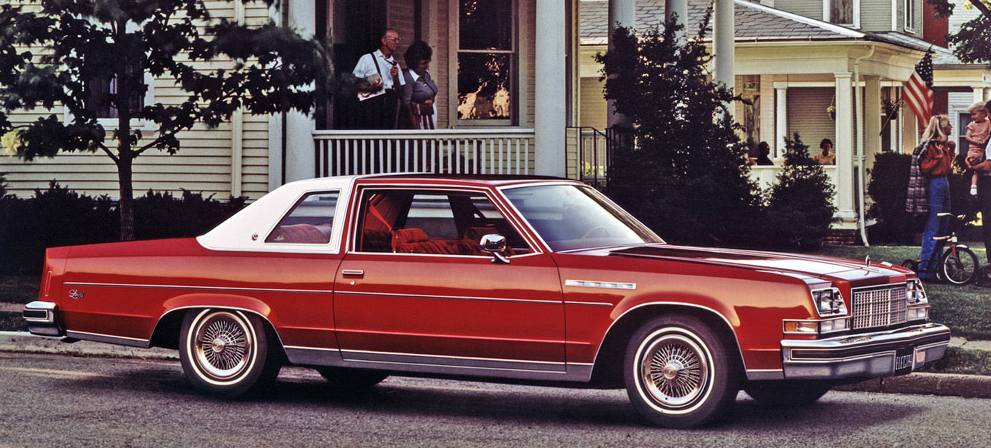
Engine: 403-cid/6.6-liter V8
Horsepower: 185
Transmission: 3-speed automatic
Standard in: Pontiac Firebird Trans Am
Optional in:
Buick Electra, Estate Wagon
Oldsmobile Custom Cruiser, Ninety-Eight
Pontiac Bonneville and Catalina Wagons, Firebird Formula
Note: The short-lived 403 saw service between 1977 and 1979. The 403 was replaced by a 350-cubic-inch engine in most applications for 1980.
5 Most-Powerful American Cars of 1986
Ford 400
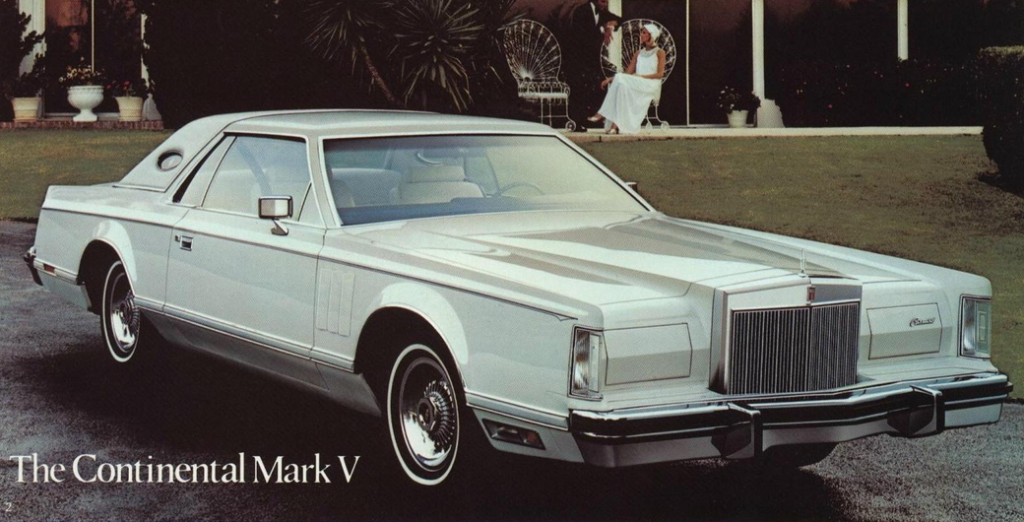
Engine: 400-cid/6.6-liter V8
Transmission: 3-speed automatic
Standard in: Lincoln Continental and Mark V
Optional in: None
Note: Closely related to Ford’s popular 351-cubic-inch V8, the 400 was engineered to produce torque at low rpm instead of peak horsepower. The engine came online for California shoppers in 1977, where it was the only engine available. The 400 disappeared for 1980, when it was replaced in Lincolns by the popular 302-cubic-inch/5.0-liter engine.
General Motors 400
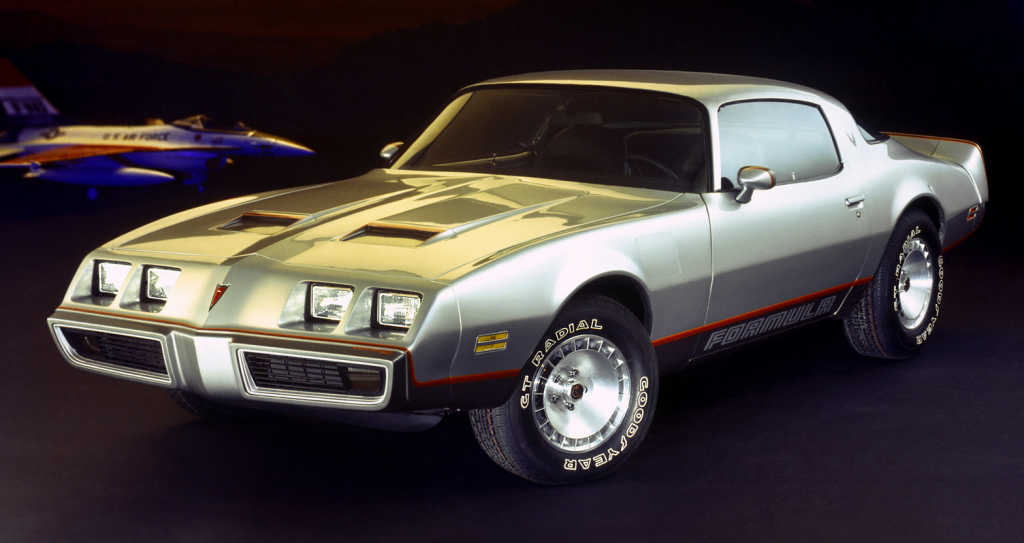
Engine: 400-cid/6.6-liter V8
Horsepower: 220
Transmission: 4-speed manual
Standard in: None
Optional in: Pontiac Firebird Formula and Trans Am
Note: The Pontiac 400 was only available in Firebird models for 1979, and was available only with a 4-speed manual transmission. Compared to the 403-cubic-inch engine that came only with a 3-speed automatic in those models, the 400 produced more peak horsepower (220 versus 185) and revved much more freely. Like all the engines on this list save the Chrysler 360, the 400 would disappear for 1980, replaced in the Formula and Trans Am by a turbocharged 4.9-liter V8.
Chrysler 360
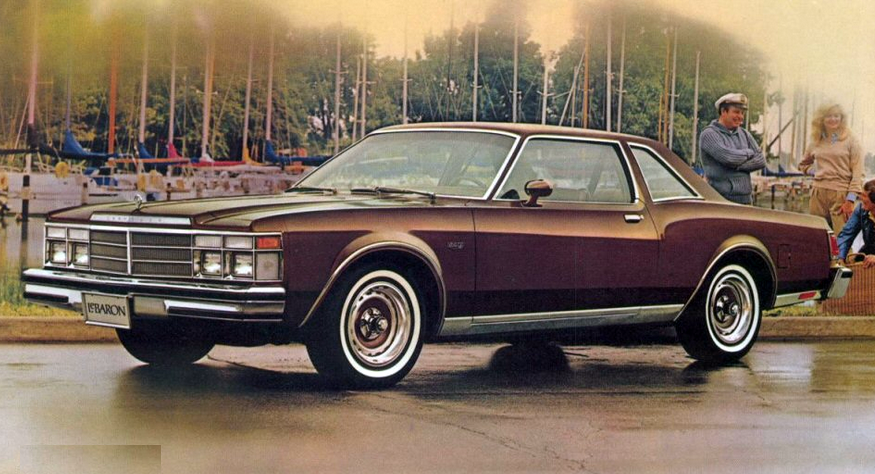
Engine: 360-cid/5.9-liter V8
Horsepower: 150-195
Transmission: 3-speed automatic
Standard in:
Chrysler New Yorker
Optional in:
Chrysler Cordoba, LeBaron, and Newport
Dodge Aspen, Diplomat, Magnum
Plymouth St. Regis, Volaré
Note: Of the big engines of 1979, only the Chrysler 360 would live to see another model year. In fact, the 360 would become the single largest available V8 in any American passenger car for 1980 and 1981. Chrysler’s 318-cubic-inch V8 would survive through 1989, after which Chrysler was out of the non-truck V8 business until the Chrysler LH cars (Chrysler 300, Dodge Challenger, Charger and Magnum) arrived for 2005.
5 Most-Powerful American Cars of 1980
Largest Car Engines
Largest Car Engines

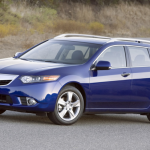
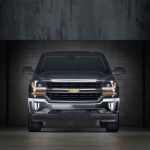
I drove a 1978 Trans Am with the 400 V8. Sorry, not a 1979 model, but the same engine. It was pretty quick. Not lightning quick like older cars with larger engines were, but definitely respectable. In 1979, Pontiac stopped making the 400, and only had so many engine blocks around to sell. They opted to offer the 400 in manual transmission cars, and began using the Oldsmobile 403 in automatic equipped cars. Many more automatic equipped cars were sold. Putting the Pontiac 400 engine in manual equipped cars was a way of “using them up” until they were gone during the 1979 model year. In 1980 and 81, the 301 was the largest engine available in the Trans Am – which was ridiculously small for this fairly large and heavy car. There was a turbocharged 301 available in the Trans am which helped improve things somewhat. But in 1980, you were better off buying a Camaro Z28 with a 350 than a Trans Am with a 301. For the Trans Am, you were better off waiting until 1982 when the car was smaller and lighter, and a 305 V8 was offered. p.s. there was no “Plymouth St. Regis” as shown above – it was the Dodge St. Regis. Plymouth offered a Gran Fury in 1978, 1980, and 1981, but not 1979, which is the model year we’re discussing here. The Volare was actually the largest Plymouth available in 1979.